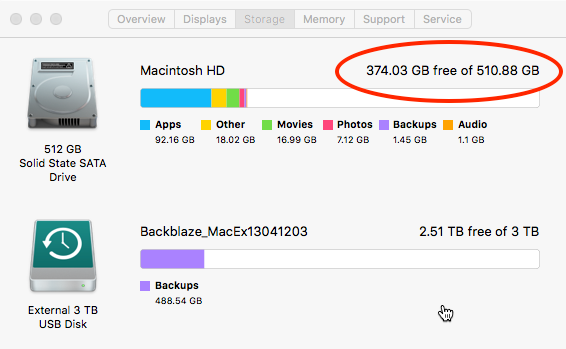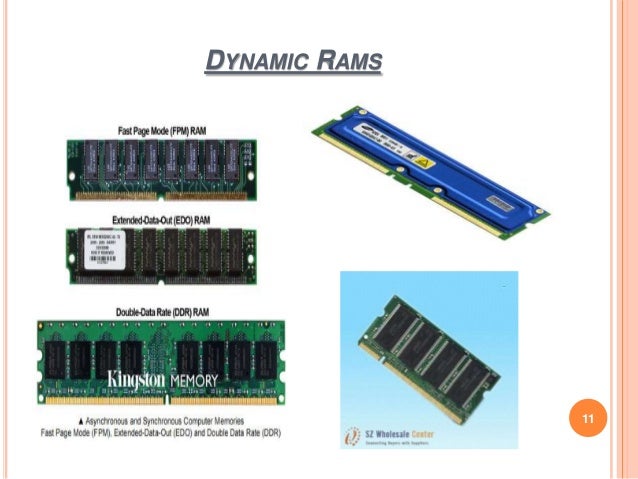
Frequently Asked Questions . SD cards are in the following capacities 4,8,1. MB and 1. GB, 2. GB only. Currently mainly 2. GB SD cards are being sold. A SDHC card will not workina SD device such as a camera or reader. SDHC cards are in the following capacities 4.
GB, 8. GB, 1. 6GB and 3. GBSDHC (Secure Digital High Capacity) was established to meet the growing demand for HD (High Definition) video and high resolution image recording now used in many SD- enabled devices. SDHC is the same physical size and shape as standard SD but meets the new SD specification of version 2. If the SD card is 4. GB or above, it is classed as a SDHC card.
Please note that if the device manual suggests a SDHC card of speed Class 4 as a minimum, the user should install a Class 4, Class 6 or Class 1. SDHC, NOT a Class 2 card as this may reduce performance of the device.
SDHC cards are not backwards compatible with standard SD devices, so they may not work in digital cameras or USB Memory Card Readers manufactured before summer 2. Most new devices that require the new SDHC format to operate will display the SDHC logo on the product (such as printed on the side of a camera casing) and/or user guide.

Intro: Arduino WiFi Garage Door Opener. Ever come home in the rain to find the door locked and your keys elsewhere? Lucky you then! For those who have had such an. WORKING MEMORY Alan D. Baddeley' and Graham Hitch1 UNIVERSITY OF STIRLING, STIRLING, SCOTLAND I. Introduction. Recommended Memory Cards for the GoPro HERO4 Black & Silver. If you want to make use of the impressive new video modes in the GoPRO HERO4, you'll need a fast memory card.
Standard SD Cards will work in SDHC compatible devices such as Memory Card Readers. In a SDHC camera a standard SD may be of limited use due to the slower read and write speed of this older technology. The information contained in this FAQ also applies to micro. SD and new micro. SDHC plus mini. SD and new mini. SDHC formats. The only difference will be the physical size of the memory cards, the speed class information and compatibility issues are the same.
Here are the latest articles published on Tom’s Hardware. See the latest news, reviews and roundups and access our tech archives. Sure, event photographers are great, but what about all those pictures your wedding and party guests are taking on their smartphones? Tracking down all those great. Twice as fast as ordinary SDHC and SDXC cards to take better pictures and Full HD videos with your compact to mid-range point and shoot cameras and camcorders. Psychopath and sociopath are popular psychology terms to describe violent monsters born of our worst nightmares. Think Hannibal Lecter in Silence of the Lambs (1991.
Computer data storage - Wikipedia. For tricks used to aid human memory, see Mnemonic. When used within a robotic tape library, it is classified as tertiary storage instead. Computer data storage, often called storage or memory, is a technology consisting of computer components and recording media used to retain digital data. It is a core function and fundamental component of computers.
In practice, almost all computers use a storage hierarchy. Generally the fast volatile technologies (which lose data when off power) are referred to as . The former controls the flow of data between the CPU and memory, while the latter performs arithmetic and logical operations on data. Functionality. It would have to be reconfigured to change its behavior. This is acceptable for devices such as desk calculators, digital signal processors, and other specialized devices. Von Neumann machines differ in having a memory in which they store their operating instructions and data. Most modern computers are von Neumann machines.
Data organization and representation. Text, numbers, pictures, audio, and nearly any other form of information can be converted into a string of bits, or binary digits, each of which has a value of 1 or 0. The most common unit of storage is the byte, equal to 8 bits.
A piece of information can be handled by any computer or device whose storage space is large enough to accommodate the binary representation of the piece of information, or simply data. For example, the complete works of Shakespeare, about 1. Data is encoded by assigning a bit pattern to each character, digit, or multimedia object. Many standards exist for encoding (e.
ASCII, image encodings like JPEG, video encodings like MPEG- 4). By adding bits to each encoded unit, redundancy allows the computer to both detect errors in coded data and correct them based on mathematical algorithms. Errors generally occur in low probabilities due to random bit value flipping, or . A random bit flip (e. A bit, or a group of malfunctioning physical bits (not always the specific defective bit is known; group definition depends on specific storage device) is typically automatically fenced- out, taken out of use by the device, and replaced with another functioning equivalent group in the device, where the corrected bit values are restored (if possible).
The cyclic redundancy check (CRC) method is typically used in communications and storage for error detection. A detected error is then retried. Data compression methods allow in many cases (such as a database) to represent a string of bits by a shorter bit string (. This utilizes substantially less storage (tens of percents) for many types of data at the cost of more computation (compress and decompress when needed). Analysis of trade- off between storage cost saving and costs of related computations and possible delays in data availability is done before deciding whether to keep certain data compressed or not.
For security reasons certain types of data (e. Hierarchy of storage. This traditional division of storage to primary, secondary, tertiary and off- line storage is also guided by cost per bit. In contemporary usage, .
Meanwhile, non- volatile storage devices have been referred to as secondary storage, external memory or auxiliary/peripheral storage. Primary storage. The CPU continuously reads instructions stored there and executes them as required.
Any data actively operated on is also stored there in uniform manner. Historically, early computers used delay lines, Williams tubes, or rotating magnetic drums as primary storage. By 1. 95. 4, those unreliable methods were mostly replaced by magnetic core memory. Core memory remained dominant until the 1. This led to modern random- access memory (RAM).
It is small- sized, light, but quite expensive at the same time. Each register typically holds a word of data (often 3. CPU instructions instruct the arithmetic logic unit to perform various calculations or other operations on this data (or with the help of it). Registers are the fastest of all forms of computer data storage. Processor cache is an intermediate stage between ultra- fast registers and much slower main memory. It was introduced solely to improve the performance of computers. Most actively used information in the main memory is just duplicated in the cache memory, which is faster, but of much lesser capacity.
On the other hand, main memory is much slower, but has a much greater storage capacity than processor registers. Multi- level hierarchical cache setup is also commonly used—primary cache being smallest, fastest and located inside the processor; secondary cache being somewhat larger and slower. Main memory is directly or indirectly connected to the central processing unit via a memory bus. It is actually two buses (not on the diagram): an address bus and a data bus. The CPU firstly sends a number through an address bus, a number called memory address, that indicates the desired location of data.
Then it reads or writes the data in the memory cells using the data bus. Additionally, a memory management unit (MMU) is a small device between CPU and RAM recalculating the actual memory address, for example to provide an abstraction of virtual memory or other tasks. As the RAM types used for primary storage are volatile (uninitialized at start up), a computer containing only such storage would not have a source to read instructions from, in order to start the computer. Hence, non- volatile primary storage containing a small startup program (BIOS) is used to bootstrap the computer, that is, to read a larger program from non- volatile secondary storage to RAM and start to execute it. A non- volatile technology used for this purpose is called ROM, for read- only memory (the terminology may be somewhat confusing as most ROM types are also capable of random access). Sport Psychology For Coaches Ebook Torrents. Many types of . Some embedded systems run programs directly from ROM (or similar), because such programs are rarely changed. Standard computers do not store non- rudimentary programs in ROM, and rather, use large capacities of secondary storage, which is non- volatile as well, and not as costly.
Recently, primary storage and secondary storage in some uses refer to what was historically called, respectively, secondary storage and tertiary storage. The computer usually uses its input/output channels to access secondary storage and transfers the desired data using intermediate area in primary storage. Secondary storage does not lose the data when the device is powered down—it is non- volatile. Per unit, it is typically also two orders of magnitude less expensive than primary storage. Modern computer systems typically have two orders of magnitude more secondary storage than primary storage and data are kept for a longer time there.
In modern computers, hard disk drives are usually used as secondary storage. The time taken to access a given byte of information stored on a hard disk is typically a few thousandths of a second, or milliseconds. By contrast, the time taken to access a given byte of information stored in random- access memory is measured in billionths of a second, or nanoseconds. This illustrates the significant access- time difference which distinguishes solid- state memory from rotating magnetic storage devices: hard disks are typically about a million times slower than memory. Rotating optical storage devices, such as CD and DVD drives, have even longer access times. With disk drives, once the disk read/write head reaches the proper placement and the data of interest rotates under it, subsequent data on the track are very fast to access.
To reduce the seek time and rotational latency, data are transferred to and from disks in large contiguous blocks. When data reside on disk, blocking access to hide latency offers an opportunity to design efficient external memory algorithms.